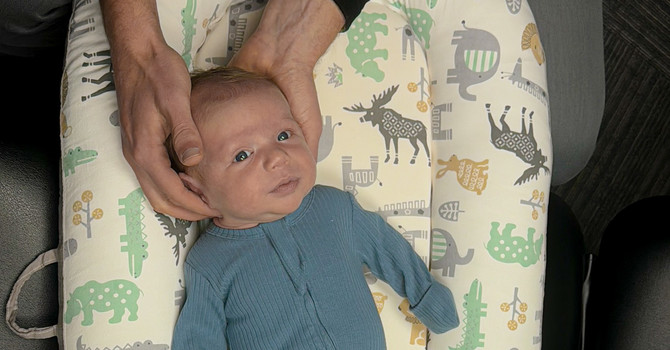
The Effects of Stress on the Body
Stress is an inevitable part of life, but when it becomes chronic, it can have a profound effect on your body. The physical toll of stress manifests in muscle tension, poor posture, and misalignments in the spine. When your muscles tighten in response to stress, they pull on the spine, leading to misalignments that can cause pain and discomfort. Chronic stress also contributes to inflammation in the body, which can further exacerbate issues like joint pain, headaches, and digestive problems.
In addition to these physical effects, stress can also impact your nervous system, causing it to become overstimulated or imbalanced. This can lead to increased pain sensitivity, muscle spasms, and even issues with sleep, digestion, and immune function. Chiropractic care helps to manage the physical and emotional effects of stress by addressing spinal misalignments, reducing muscle tension, and restoring nervous system function.
Chiropractic Adjustments for Stress Relief
At Ascend Chiropractic, our team understands the profound connection between stress and spinal health. Dr. Brian Bayer, who works with patients of all ages, and Dr. Rob Lane, who specializes in sports rehabilitation, both emphasize the importance of addressing the physical symptoms of stress, including tension in the neck, shoulders, and lower back. Chiropractic adjustments help to realign the spine and reduce pressure on the nervous system, promoting relaxation and reducing the effects of stress on the body.
Dr. Gabe Rahn, who has worked with athletes and individuals dealing with stress, uses therapies like cupping, IASTM, and lymphatic drainage to release muscle tightness and improve circulation. These techniques help to reduce the tension in stressed muscles, promoting healing and relaxation. Additionally, Dr. Olivia Bayer’s dry needling and acupuncture techniques target the muscles directly, helping to alleviate tightness and restore balance to the body.
The Long-Term Benefits of Chiropractic for Stress
Chiropractic care not only helps to manage stress in the short term but also offers long-term benefits for reducing the physical effects of chronic stress. Regular chiropractic visits help to maintain proper spinal alignment, prevent muscle tension from building up, and promote better nervous system function. Over time, chiropractic care can help you better cope with stress, improve your posture, and enhance your overall well-being.
With a personalized treatment plan, chiropractic care can help you manage both the physical and emotional effects of stress, leading to a healthier, more balanced life. At Ascend Chiropractic, we’re committed to helping you reduce stress, improve your health, and move better every day.




